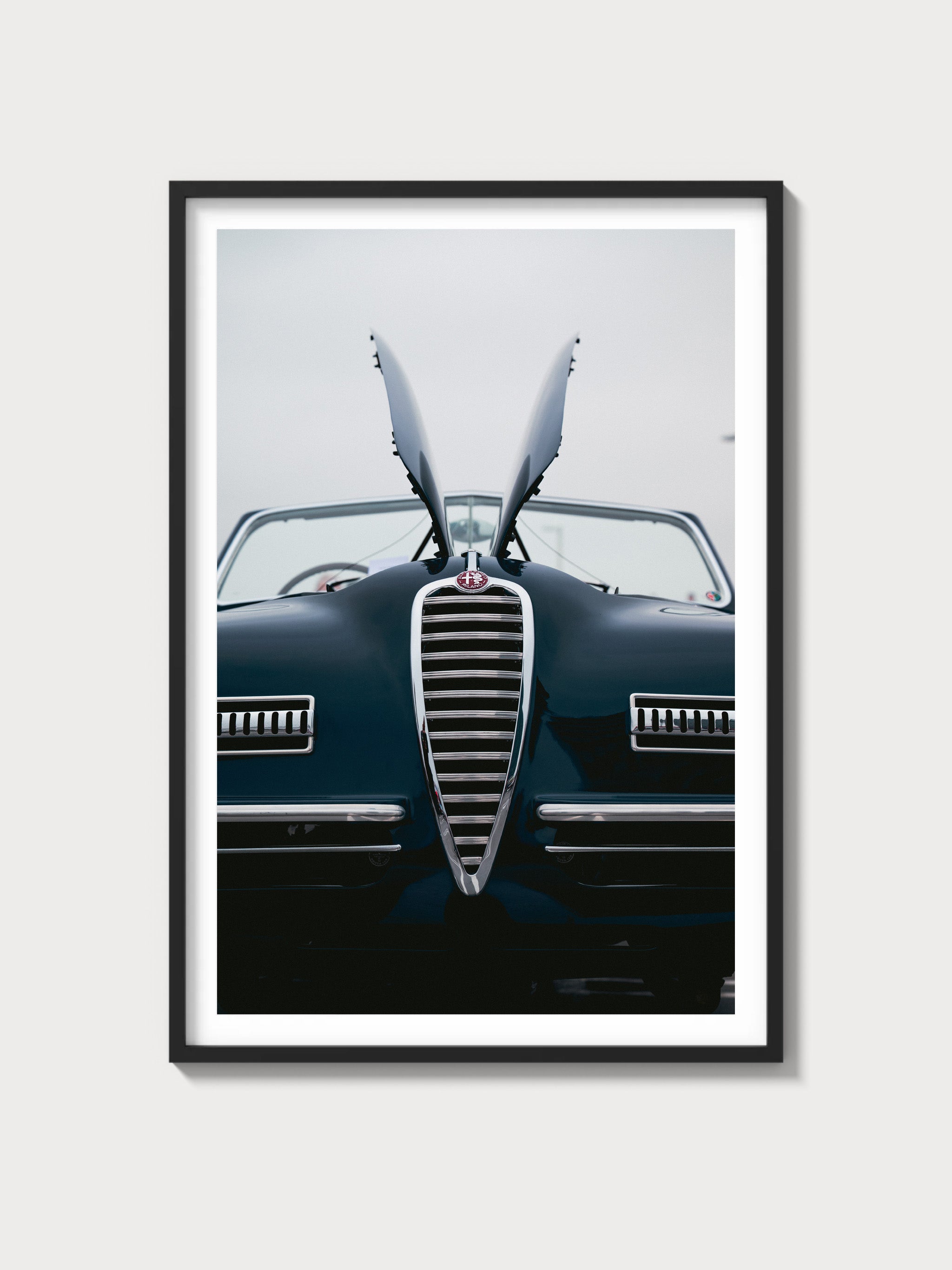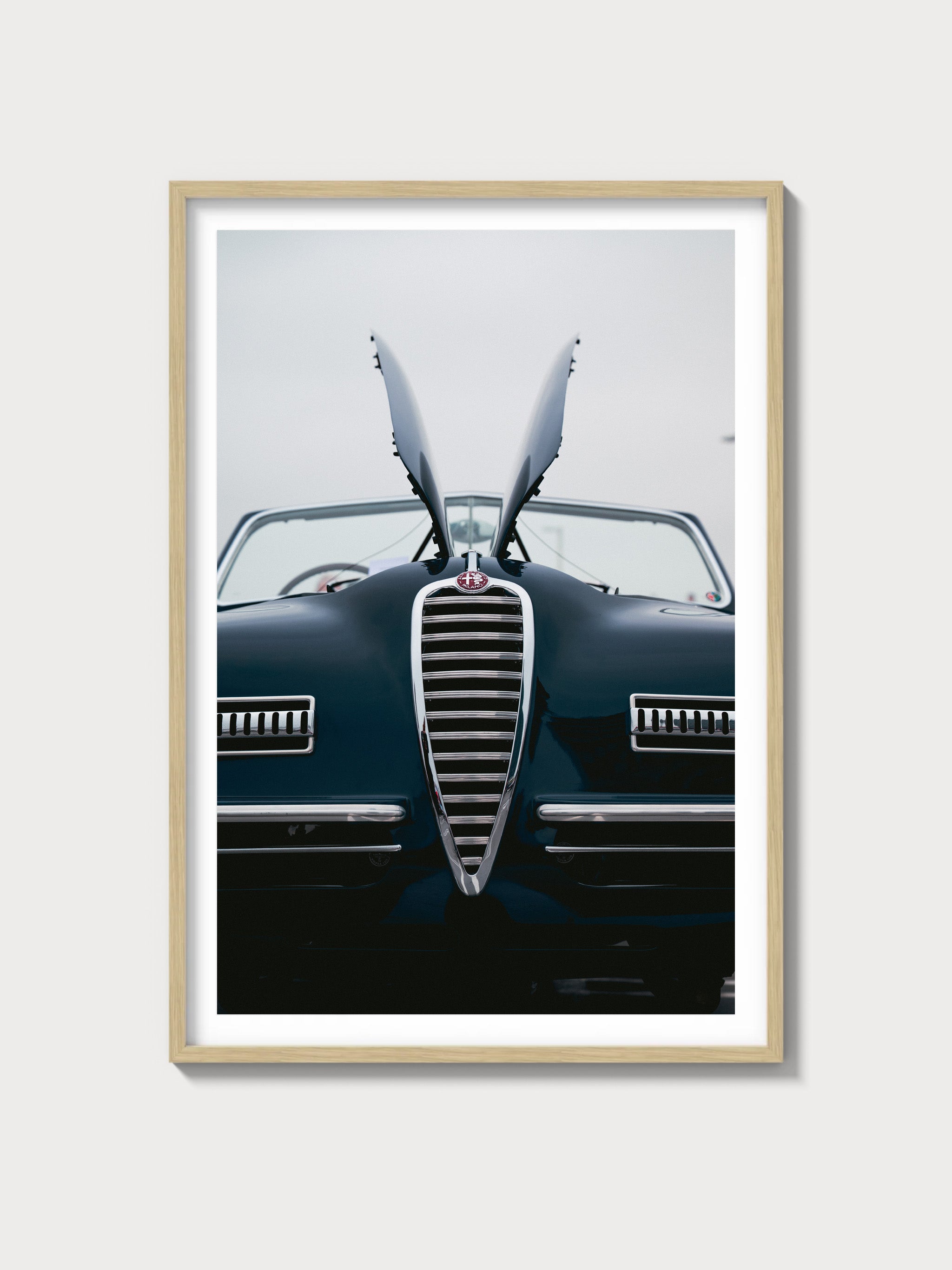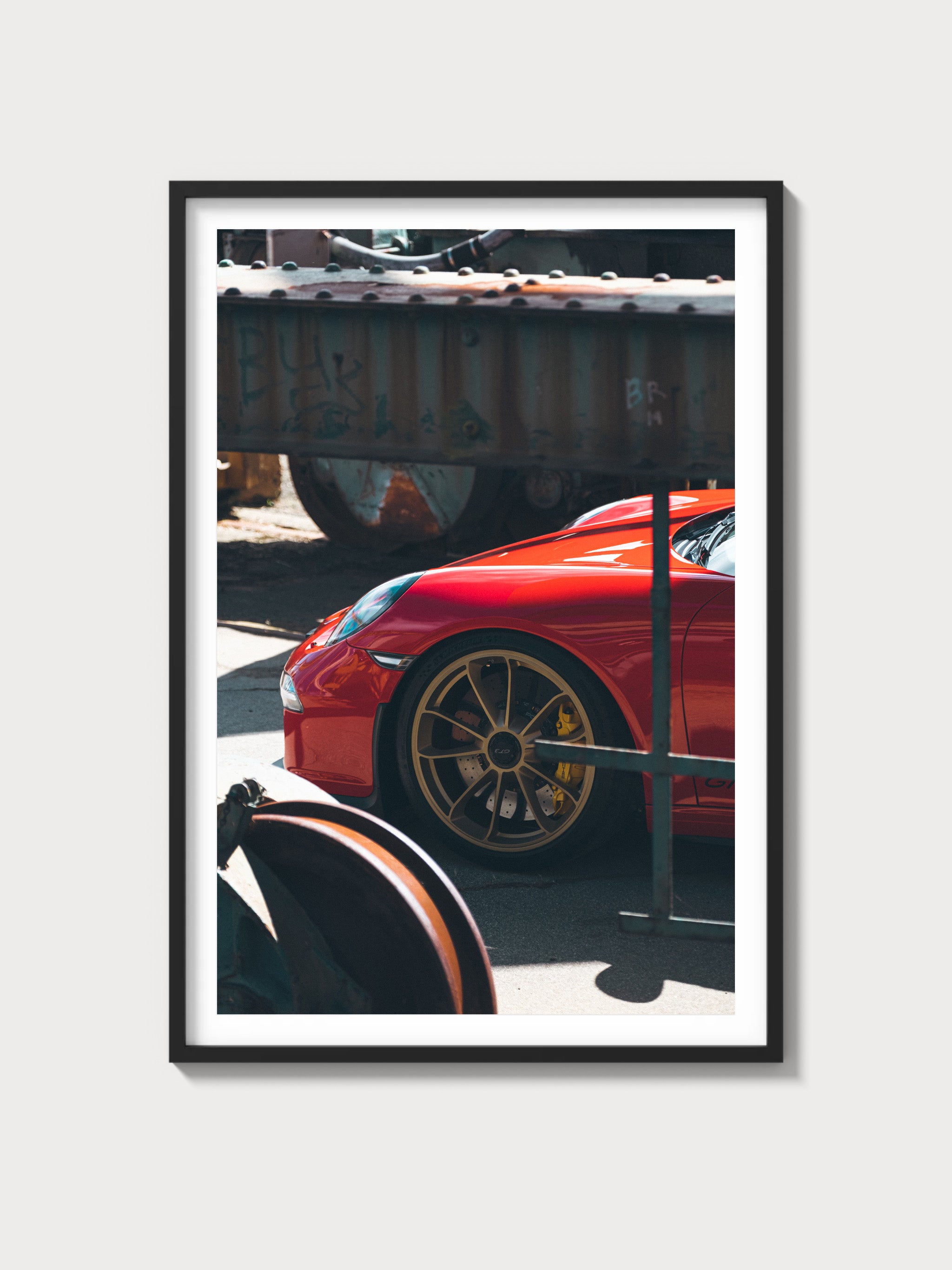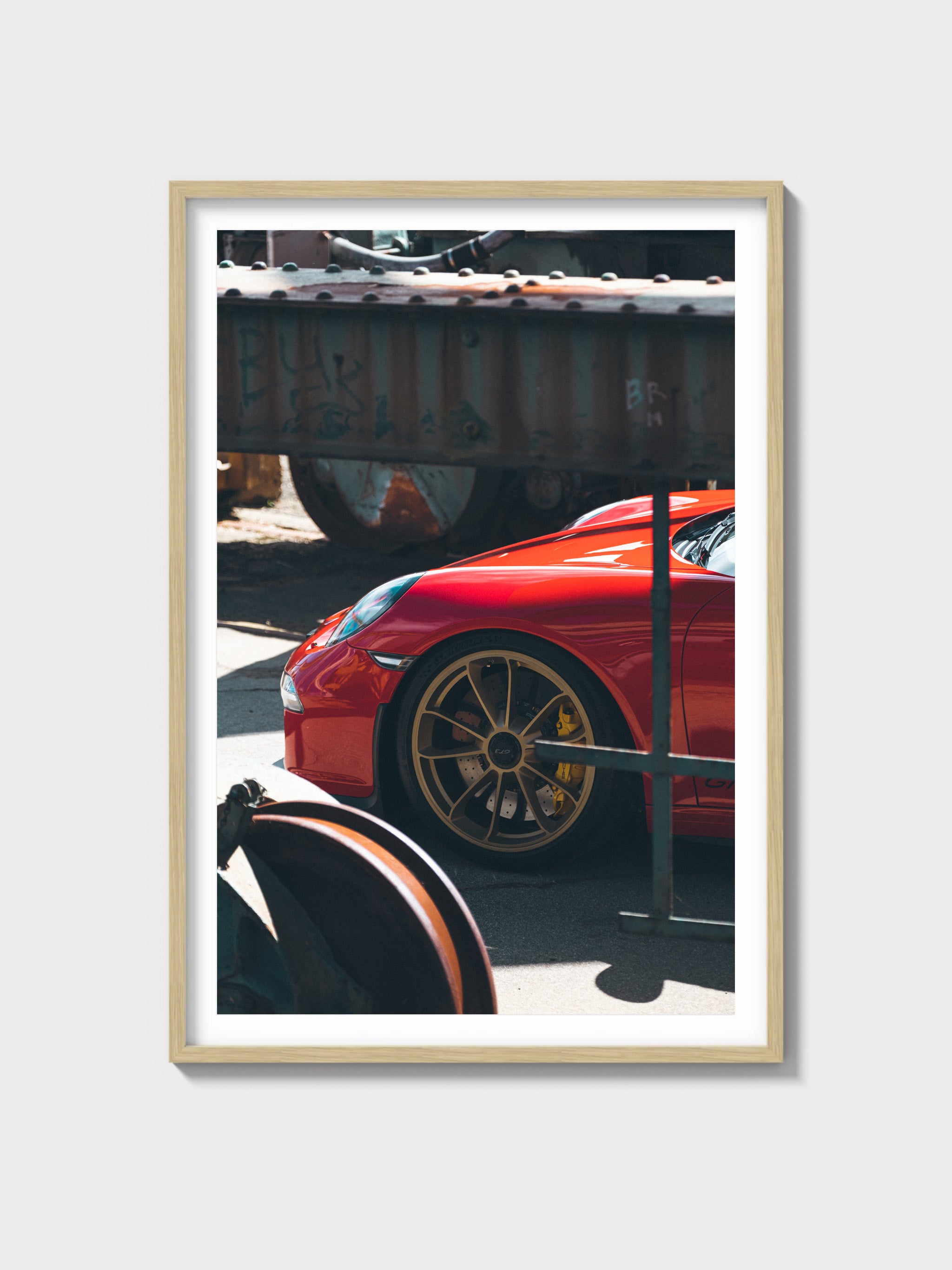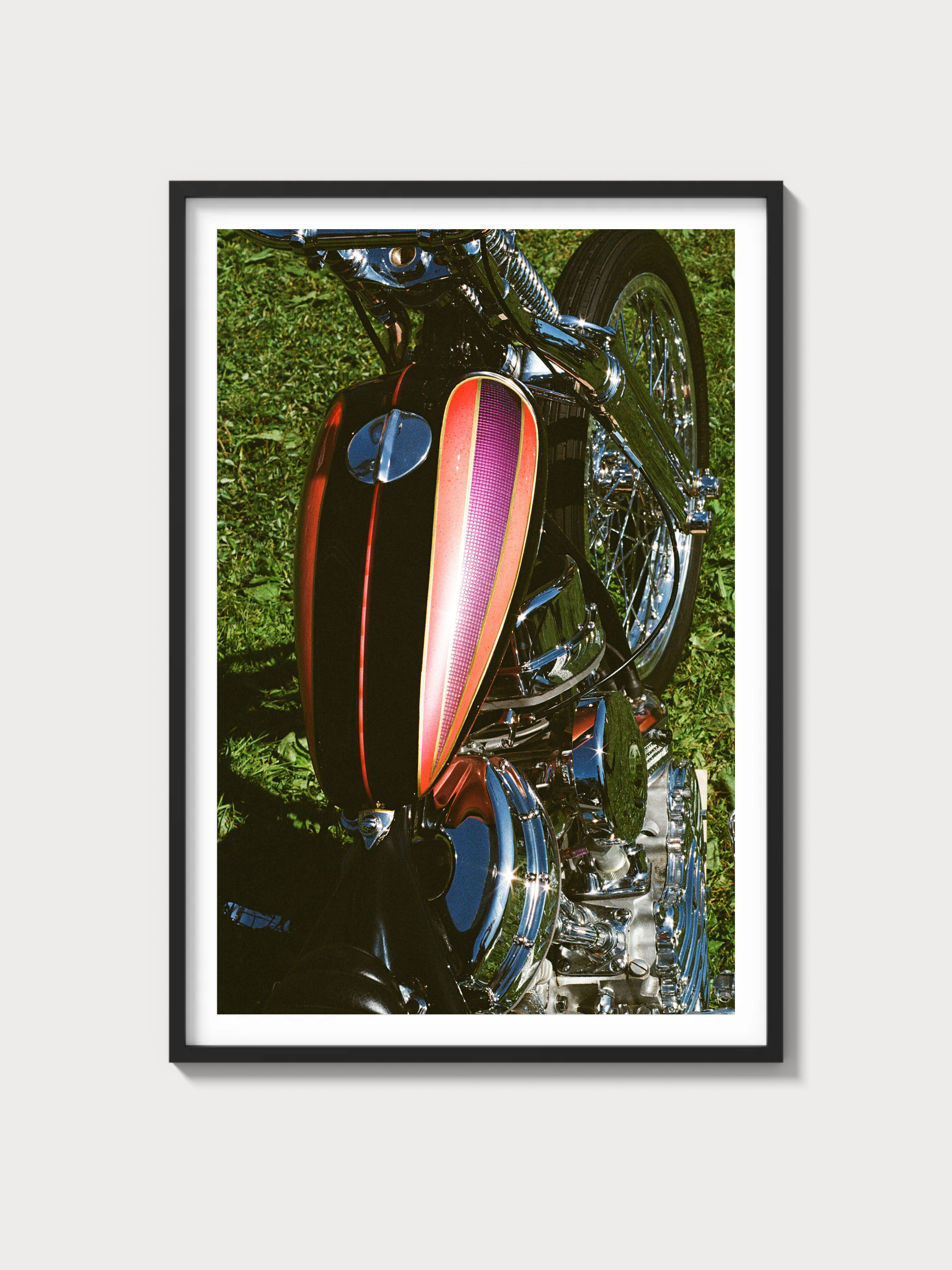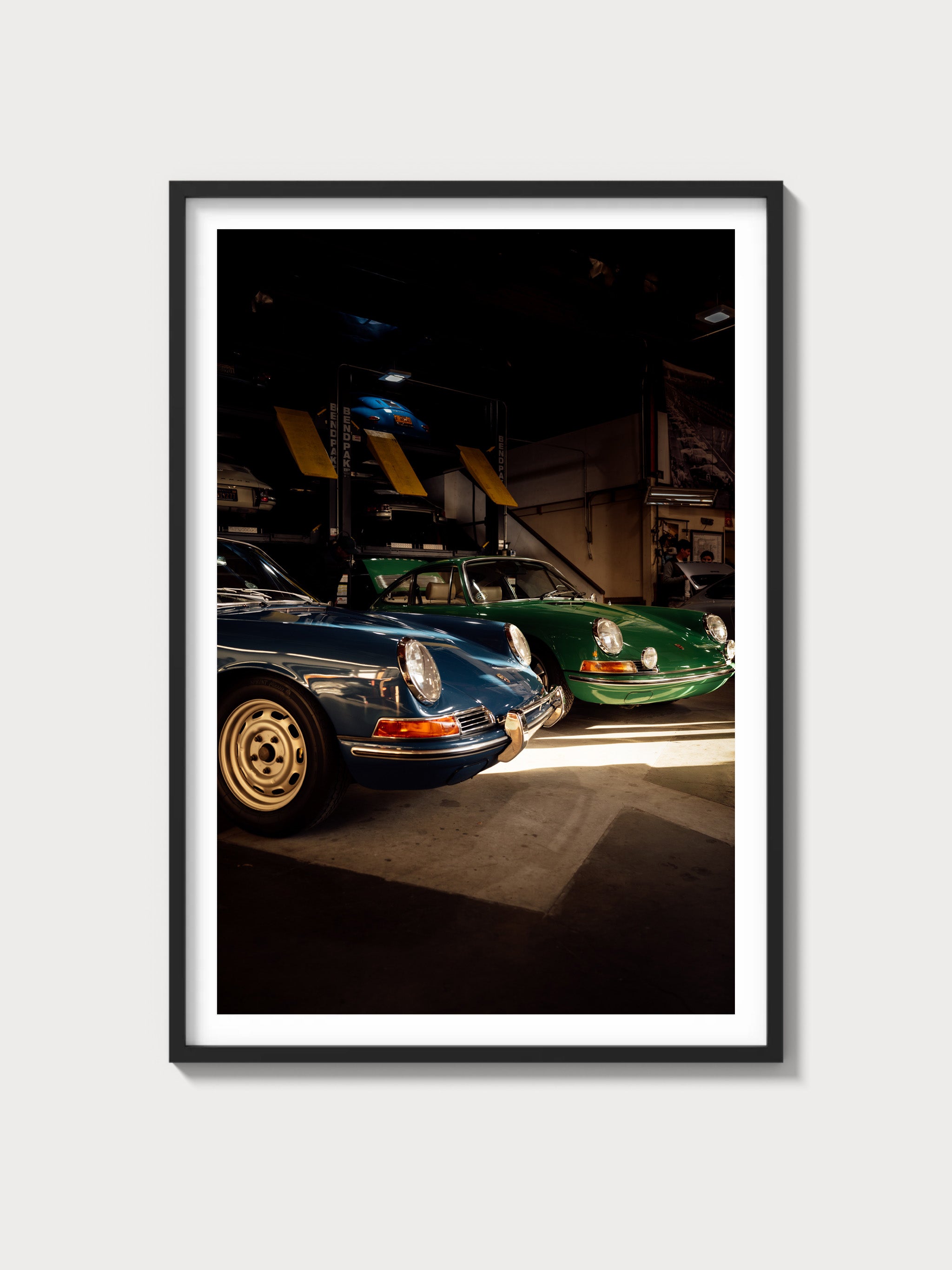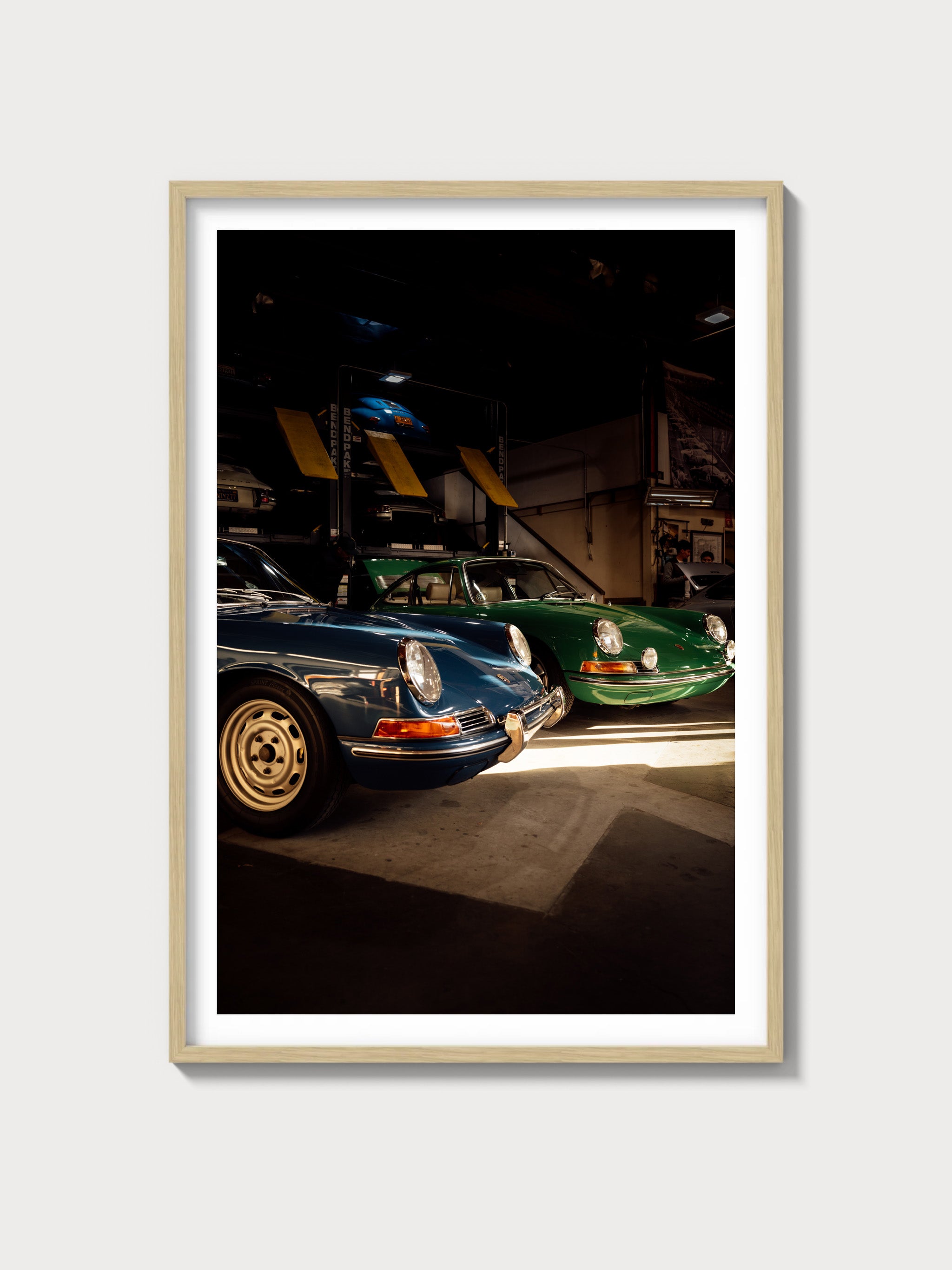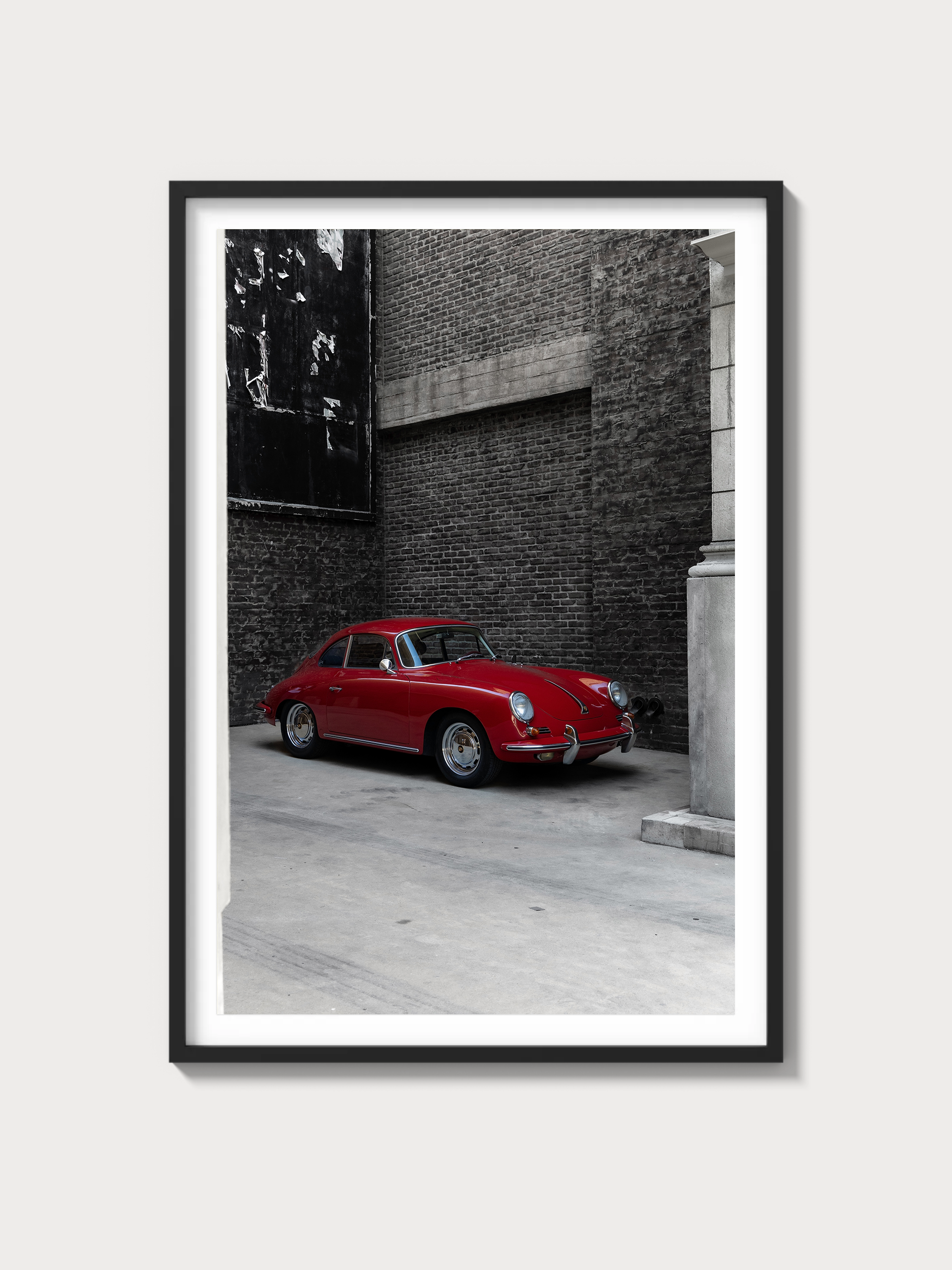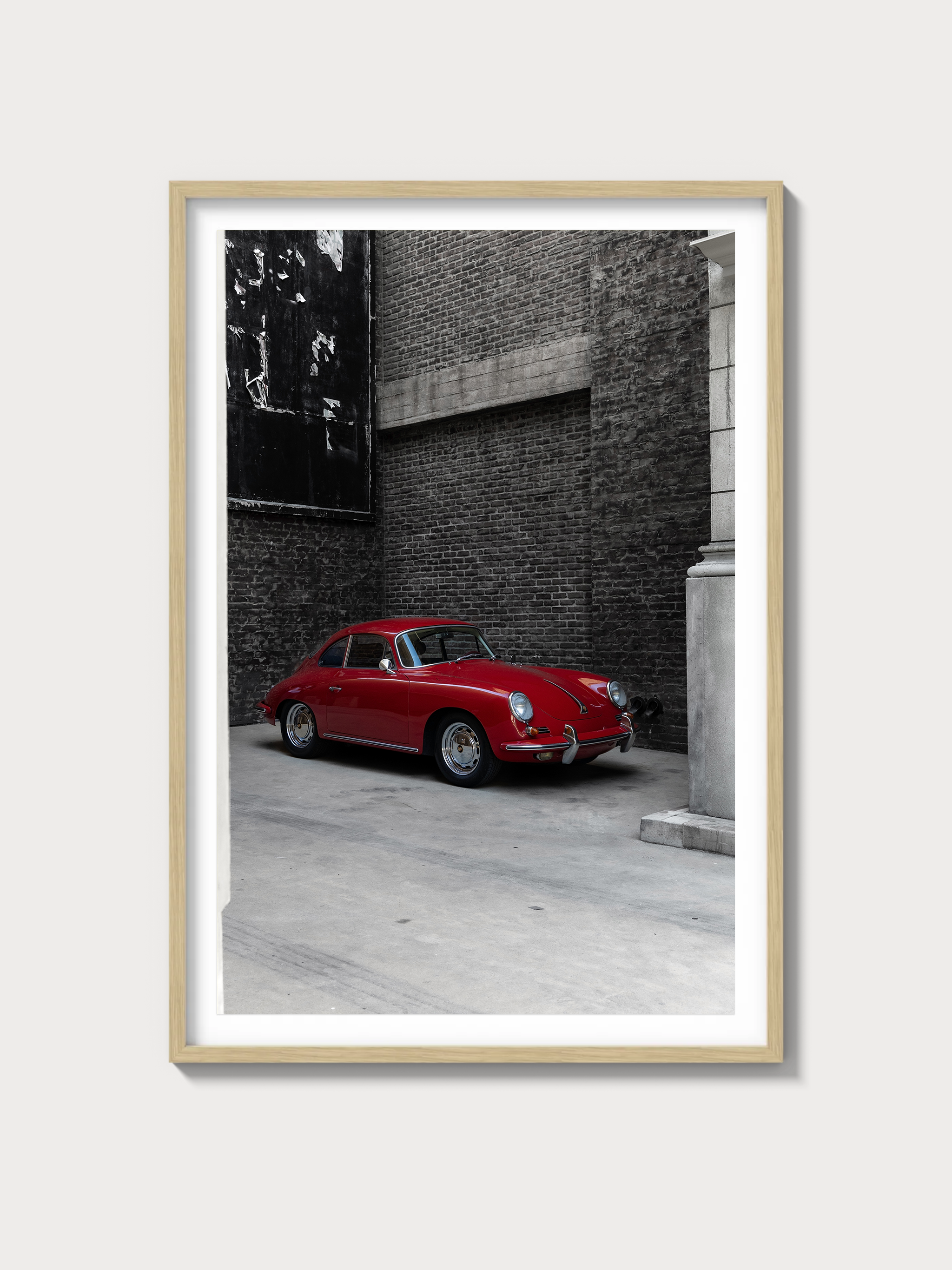1994–2004 Chevrolet S-10 Base (2nd Gen): The Definitive Enthusiast’s Guide
Historical Context and Development Background
Chevrolet’s second-generation S-10 (internal GMT325/330) arrived for 1994 and carried the compact pickup torch through 2004. It replaced the successful first-gen 1982–1993 truck with a more refined chassis, cleaner aerodynamics, and broader powertrain palette, while remaining smaller and lighter than the burgeoning mid-size class of the early 2000s. Built in North America (notably Shreveport, Louisiana, and Linden, New Jersey) with additional production in Brazil for regional markets, the S-10 also spawned GMC’s Sonoma and the Isuzu Hombre.
Corporate strategy centered on maintaining Chevrolet’s foothold in the compact pickup segment while defending against the Ford Ranger and the increasingly sophisticated imports from Japan—the Toyota Tacoma (launched 1995) and Nissan Frontier (1998). Dodge, meanwhile, upsized the Dakota, leaving the S-10 as a more lithe alternative. Chevrolet leaned on a wide option matrix: regular or extended cab (later crew cab), short/long beds, rear- or four-wheel drive, and everything from a thrifty four-cylinder Base to V6 performance packages.
Designers modernized the silhouette with a softer front fascia and improved NVH isolation. A 1998 refresh brought a new dash, dual airbags, and a crisper nose. Underneath, the S-10 retained a traditional ladder frame, double A-arm front suspension (coil springs on 4x2; torsion bars on 4x4), and a live-axle leaf-sprung rear—proven hardware that endeared the S-10 to fleet customers and enthusiasts who appreciated durability and aftermarket support.
Motorsport associations were notable: Chevrolet-backed entries ran S-10-bodied racers in the nascent NASCAR Craftsman Truck Series from 1995, while off-road competitors leveraged the ZR2 package in desert and trail events. Drag racing also saw S-10 shells in NHRA Pro Stock Truck, cementing the platform’s cultural footprint.
Engine and Technical Specifications
The Base trim primarily paired with the 2.2-liter OHV inline-four (GM RPO LN2; later branded Vortec 2200). The 4.3-liter Vortec 4300 V6 (RPOs LB4/CPI initially; L35/LU3 later) was optional across much of the run. Output varied by year and emissions calibration.
| Engine | Configuration | Displacement | Horsepower (hp) | Induction Type | Redline | Fuel System | Compression | Bore/Stroke |
|---|---|---|---|---|---|---|---|---|
| 2.2L I4 (LN2 / Vortec 2200) | OHV inline-4, iron block/head | 2,189 cc | 118–120 (year-dependent) | Naturally aspirated | ≈5,800 rpm | TBI early; MPFI/SFI later (varies by year) | ~9.0:1 | 86.0 mm × 94.6 mm |
| 4.3L V6 (Vortec 4300) | 90° OHV V6, iron block/head | 4,293 cc | ~165 (1994–1995 CPI); ~190 (1996+ Vortec) | Naturally aspirated | ≈5,000 rpm | CPI (early) → CSFI (1996+); GM MFI service upgrade available | ~9.2:1 | 101.6 mm × 88.4 mm |
Transmissions included a 5-speed manual (NV1500 behind the 2.2L; NV3500 with the V6 in many configurations) and the 4L60E 4-speed automatic. Rear axle ratios commonly ranged from mid-3s upward (e.g., 3.42, 3.73, 4.10 with off-road/tow packages), materially influencing acceleration and highway revs.
Driving Experience and Handling Dynamics
In Base four-cylinder guise, the S-10 is a study in honest, unfiltered truck feel. The recirculating-ball steering is slower than a contemporary car rack but communicates front-end load transparently, and the 2WD coil-sprung double A-arm front end takes a set predictably. Ride quality is better weighted than the spec sheet suggests, helped by the S-10’s relatively low curb weight for the class. With the 2.2L, you drive the gearbox: the five-speed’s long throws are positive, and the engine—never urgent—delivers best between midrange torque and the top third of the tach. The throttle is cable-operated and easy to meter; heel-and-toe is workable thanks to consistent pedal placement.
V6 trucks transform the experience. The 4.3’s low-end torque shrugs off urban duty and makes highway merges a non-event. Unsprung mass and leaf-spring rear architecture mean unloaded beds can hop over broken surfaces, but with sensible tire pressures (and a few bags of mulch), the rear calms down. ZQ8 sport-suspension trucks (fitted to SS and later Xtreme trims) are more tied down, with quicker steering effort buildup and shorter sidewalls, at the expense of some ride compliance.
Braking is predictable: ventilated front discs and rear drums with rear-wheel ABS early on, with four-wheel ABS widely available later. Pedal feel is firm enough, though heat capacity on repeated mountain descents benefits from high-quality pads and fluid.
Full Performance Specifications
Performance varies markedly with engine, axle ratio, cab/bed, and drive type. The figures below summarize period-correct ranges seen in instrumented testing of comparable configurations.
| Metric | 2.2L I4 (5-speed, regular cab, 2WD) | 4.3L V6 (auto/manual, extended/crew, 2WD/4x4) |
|---|---|---|
| 0–60 mph | ~11–12 s (typical) | ~8–9 s (typical) |
| Quarter-mile | ~18 s @ mid-70s mph | ~16 s @ low-80s mph |
| Top speed | ≈95–98 mph (gear/drag-limited) | ≈105–110+ mph (varies) |
| Curb weight | ~2,900–3,100 lb | ~3,200–3,800 lb |
| Layout | Front-engine, RWD | Front-engine, RWD or 4x4 |
| Brakes | Front disc/rear drum; ABS availability varies by year | Front disc/rear drum; ABS availability varies by year |
| Suspension | Front double A-arm, coils; rear live axle, leaf springs | 4x2 as at left; 4x4 uses torsion-bar front |
| Gearbox | 5-spd manual (NV1500) or 4L60E 4-spd automatic | 5-spd manual (NV3500) or 4L60E 4-spd automatic |
Variant Breakdown (Trims, Packages, Body Styles)
While this article focuses on the Base model, the second-gen S-10 line included numerous trims and special packages that shaped the truck’s character and collector interest.
| Variant | Years | Key Differences | Engine(s) | Production Numbers | Markets/Notes |
|---|---|---|---|---|---|
| Base (incl. Work Truck/WT) | 1994–2004 | Entry equipment; vinyl/cloth trims; steel wheels; minimal brightwork | 2.2L I4 standard; 4.3L V6 optional (varies by year/body) | Not publicly broken out by GM | Fleet-heavy; most common configuration |
| LS | 1994–2004 | Popular trim with additional convenience/appearance features | 2.2L or 4.3L | Not publicly broken out by GM | Broadest option mix |
| SS (ZQ8 sport) | 1994–1998 | Lowered ZQ8 suspension, monochrome paint, unique wheels and badges | 4.3L V6 | No official GM total; enthusiast estimates in low thousands | RWD only; collectible |
| Xtreme (ZQ8 sport) | 1999–2003 | Body kit, ZQ8 chassis, 16-in wheels, sport interior/exterior cues | 2.2L or 4.3L | Not publicly broken out by GM | Successor to SS theme |
| ZR2 Off-Road | Mid-1990s–early 2000s | 3.9-in wider track, skid plates, raised ride height, 31-in tires | 4.3L V6 (typical) | No official GM total published | Serious trail capability; enduring appeal |
| Crew Cab (4-door) | 2001–2004 | 4 full doors, short bed, often 4x4; improved rear-seat access | 4.3L V6 | Not publicly broken out by GM | Later-life addition to lineup |
| S-10 Electric (Fleet) | 1997–1998 | Battery-electric fleet truck; unique driveline and instrumentation | Electric | Built in limited numbers for fleets; widely cited as under 1,000 units | Separate specialty program |
Ownership Notes: Maintenance, Parts, and Restoration
- Powertrain durability: The 2.2L LN2 is a simple OHV four with a timing chain and a reputation for longevity if serviced regularly. The 4.3L V6 is robust but sensitive to ignition (cap/rotor) and fuel-injection health; early CPI poppet injectors are known for clogging. Many owners retrofit the later-style MFI “spider” per GM service guidance.
- Service intervals: Conventional fluids at factory intervals; transmission services (4L60E) at sensible mileage, especially if towing. Cooling system maintenance is critical—intake manifold gasket weep on the 4.3L is a known age-related issue.
- Transmissions: The 4L60E is ubiquitous and inexpensive to rebuild but watch for 3–4 clutch wear, delayed reverse, and sun-shell failure. Manuals (NV1500/NV3500) are generally stout; clutch hydraulics and release bearings are typical wear items.
- Chassis and suspension: Front-end consumables—ball joints, idler and pitman arms—wear with age, particularly on trucks with larger tires. Rear leaf-spring shackles/hangers can rust in harsh climates.
- Brakes and ABS: Rear drums require proper adjustment for best pedal; ABS module and wheel-speed sensor faults can crop up on high-mileage examples.
- Electrical and fuel: In-tank fuel pumps are a common replacement item. Blower-motor resistors and multifunction (turn-signal) switches are familiar GM wear parts of the era.
- Body and rust: Cab corners, rocker panels, bed crossmembers, and frame rails (aft of the cab) deserve close inspection. Bed alignment and tailgate operation tell stories about prior load and use.
- Parts availability: Outstanding. Mechanical and trim components are widely supported in OEM and aftermarket channels. ZQ8 and ZR2-specific parts exist but some cosmetic pieces for SS/Xtreme are scarcer.
- Restoration difficulty: Straightforward for Base trucks. Specialty trims (SS, Xtreme, ZR2) add sourcing challenges for correct wheels, cladding, and decals.
Cultural Relevance and Market Notes
The S-10 Base is the archetypal small American pickup—ubiquitous in period and essential to fleets, yet now increasingly appreciated for its tidy footprint and approachable mechanicals. The platform’s visibility in the inaugural seasons of the NASCAR Truck Series and in off-road competition lent it credibility beyond the jobsite. In enthusiast circles, survivor-grade Base trucks and tasteful driver-level builds are gaining attention, while SS, Xtreme, and well-kept ZR2s command premiums.
At auction, exceptional, low-mile specialty trims can reach the low five figures (USD), with clean Base models trading well below those peaks. Documentation, originality, rust-free structure, and desirable configurations (regular-cab short-bed manuals; or nicely optioned V6s) move the needle most.
FAQs
How reliable is the 2.2L four-cylinder S-10 Base?
The 2.2L LN2 is widely regarded as durable with routine oil changes, cooling system care, and ignition maintenance. Its simplicity and broad parts availability make it one of the easier compact pickups to keep on the road.
What are the known problem areas?
On 4.3L trucks: CPI/CSFI injector issues (early poppets), intake manifold gasket leaks, distributor cap/rotor moisture intrusion, and typical 4L60E age-related wear. Across all models: front-end wear items (ball joints, idler/pitman), fuel pumps, ABS sensors/modules, and frame/cab rust in salted regions.
What were the horsepower figures by engine?
2.2L I4: roughly 118–120 hp across the run, varying slightly by year and calibration. 4.3L V6: approximately 165 hp (1994–1995 CPI) and around 190 hp (1996-on Vortec), with torque roughly 235–250 lb-ft depending on year and axle ratio.
What transmissions were available on the Base trim?
A 5-speed manual (NV1500 with the 2.2L; NV3500 with the V6 in many applications) and the 4L60E 4-speed automatic.
How quick is a Base 2.2L S-10?
Typical period tests of a regular-cab 2WD 2.2L 5-speed place 0–60 mph around the low-to-mid 11-second mark, with quarter-mile passes in the 18-second range. V6 trucks are notably quicker.
What is towing capacity?
When properly equipped, V6 S-10s were rated up to the low-5,000-lb range (commonly cited up to about 5,200 lb). Four-cylinder Base trucks were rated lower and are best suited to light-duty trailers.
Did the S-10 Base ever get four-wheel disc brakes?
The pickup retained front discs and rear drums through this generation. Four-wheel disc setups were more commonly associated with certain SUV applications (e.g., Blazer) rather than the S-10 pickup.
Which years received the interior and airbag updates?
The 1998 refresh introduced a redesigned dashboard and dual airbags, along with exterior styling updates.
Is the ZR2 package relevant to Base trucks?
While distinct from Base, ZR2 is mentioned as a reference point: it brought a widened track, lift, skid plates, and off-road tires. Its components do not directly translate to Base trucks without substantial changes due to the unique frame brackets and geometry.




































